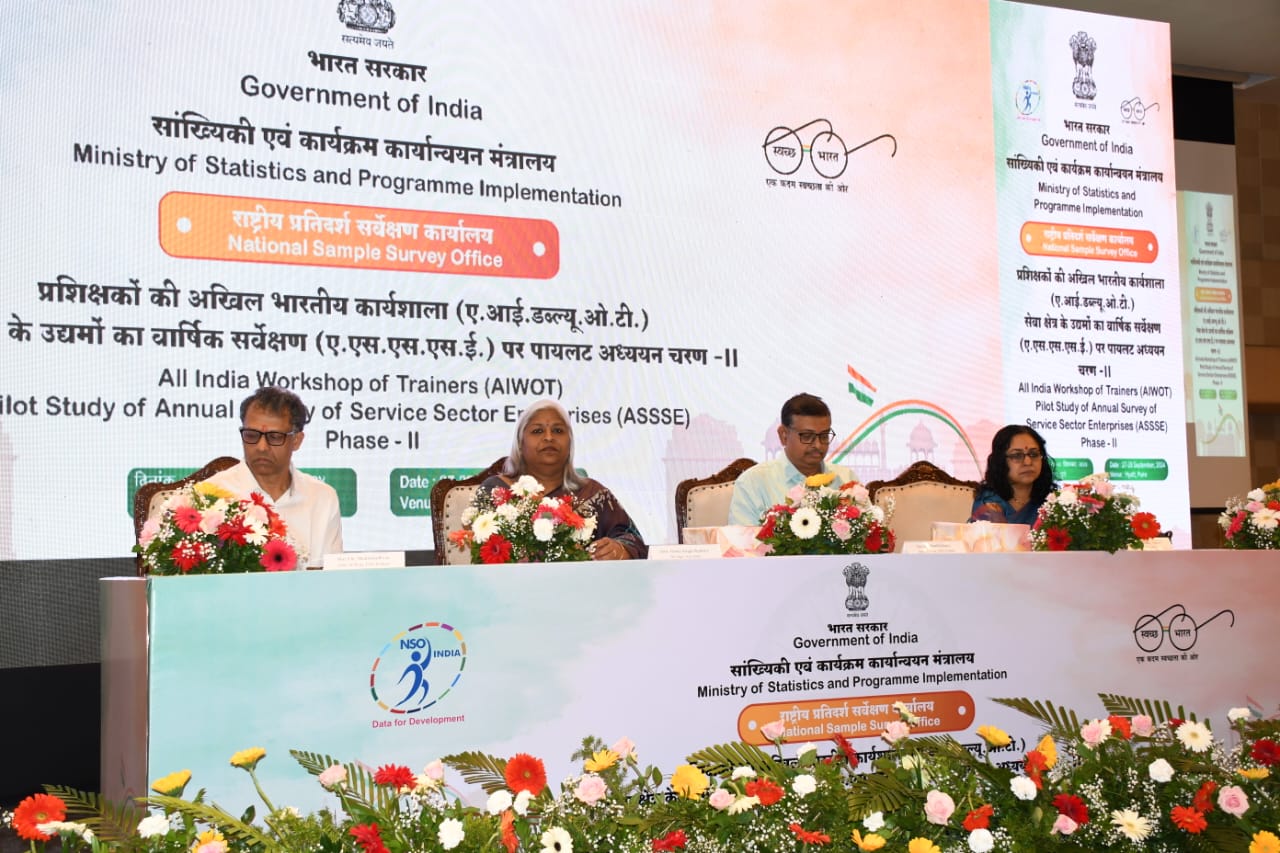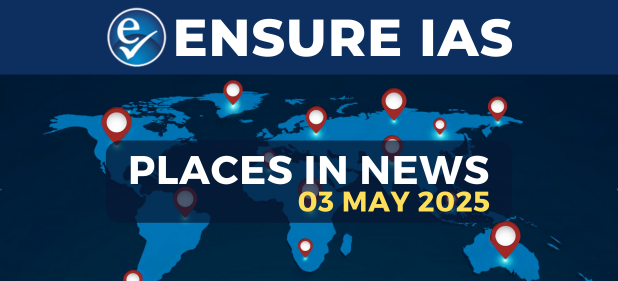- Courses
- GS Full Course 1 Year
- GS Full Course 2 Year
- GS Full Course 3 Year
- GS Full Course Till Selection
- CSAT
- 5 LAYERED ARJUNA Mentorship
- Public Administration Optional
- Online Program
- GS Recorded Course
- NCERT (Recorded 500+ Hours)
- Polity Recorded Course
- Geography Recorded Course
- Economy Recorded Course
- AMAC Recorded Course
- Modern India, Post Independence & World History
- Environment Recoded Course
- Governance Recoded Course
- Science & Tech. Recoded Course
- International Relations and Internal Security Recorded Course
- Disaster Management Module Course
- Ethics Recoded Course
- Essay Recoded Course
- Current Affairs Recoded Course
- ABOUT US
- OUR TOPPERS
- TEST SERIES
- FREE STUDY MATERIAL
- VIDEOS
- CONTACT US
India's Journey Towards Eradicating Poverty Shows Promising Results
India's Journey Towards Eradicating Poverty Shows Promising Results

-
In January 2025, it was reported that India's rural poverty had significantly declined to 4.86% in the financial year 2023-24, compared to 25.7% in 2011-12.
-
A sharp reduction is observed compared to the previous year, where rural poverty stood at 7.2% in FY2022-23.
-
Research based on the State Bank of India's consumption expenditure survey also revealed that urban poverty had dropped to 4.09% from 13.7% over the past 12 years.
What are the Key Findings from the State Bank of India (SBI) Research?
-
Aggregate Poverty Rates: Projected to be in the range of 4.0-4.5%, with minimal extreme poverty remaining.
-
Narrowing Rural-Urban Consumption Gap: The gap between rural and urban Monthly Per Capita Consumption Expenditure (MPCE) reduced to 69.7% from 88.2% in 2009-10.
-
Enhanced rural infrastructure and government schemes have significantly contributed to this improvement.
What are the Contributing Factors to Poverty Reduction?
Government Support and Initiatives
-
Direct Benefit Transfers (DBT): Streamlined subsidies and ensured financial assistance reaches the needy.
-
Rural Infrastructure Development: Investments in roads, housing, and electrification under schemes like Pradhan Mantri Gram Sadak Yojana (PMGSY).
-
Enhanced Livelihoods: Programs like MGNREGA and National Rural Livelihood Mission (NRLM) provided employment opportunities and boosted rural incomes.
-
Housing for All: Pradhan Mantri Awas Yojana-Gramin (PMAY-G) targeted affordable housing for the rural poor.
-
Achievements: 3.21 crore houses sanctioned and 2.67 crore completed as of November 2024. Financial assistance of up to Rs. 1.30 lakh provided for house construction.
-
Social Protection and Welfare: Schemes like Janani Suraksha Yojana, Pradhan Mantri Jeevan Jyoti Bima Yojana, and Ayushman Bharat improved access to healthcare and financial security.
-
Skill Development and Employment: Pradhan Mantri Kaushal Vikas Yojana (PMKVY) and other initiatives helped bridge the skill gap and create job opportunities.
Economic Growth and Consumption
-
Higher consumption growth among the poorest 0-5% of the population played a key role in reducing poverty.
-
Adjustments for inflation raised the poverty line to Rs. 1,632 in rural areas and Rs. 1,944 in urban areas in FY2023-24.
Focus on Lagging States
-
States that were previously behind have shown the most improvement in reducing the income gap between rural and urban areas due to targeted interventions.
What are the Challenges in Removing Poverty in Rural India?
-
Dependency on Agriculture: A large portion of the rural population relies on agriculture, which faces challenges like climate change, unpredictable monsoons, and inadequate irrigation facilities.
-
Traditional farming methods and low productivity further worsen the issue.
-
Unemployment and Underemployment: Limited non-agricultural job opportunities result in high unemployment and underemployment rates. Many individuals lack access to skill enhancement and formal education.
-
Limited Access to Services: Basic services such as education, healthcare, sanitation, and clean drinking water are often inadequate in rural areas. Poor infrastructure affects access to essential services and opportunities.
-
Land Ownership Issues: A significant number of rural families do not own land or have insecure land rights, preventing them from investing in sustainable livelihoods.
-
Social Inequality: Marginalized communities, including Scheduled Castes (SCs), Scheduled Tribes (STs), and women, face systemic discrimination and limited access to resources.
-
This perpetuates cycles of poverty and restricts upward mobility.
-
Impact of Migration: Young and educated individuals often migrate to urban areas for better opportunities, leading to a "brain drain" and reducing the skilled workforce in rural areas.
-
Inflation and Rising Food Prices: Inflation disproportionately affects rural areas, reducing purchasing power and consumption demand. Low-income households are particularly vulnerable to fluctuations in food prices.
-
Governance Challenges: Weak implementation of poverty alleviation programs due to corruption and inadequate monitoring. Lack of awareness about government schemes and limited community participation hinder progress.
-
Short-Term Focus of Policies: A preference for immediate relief measures over sustainable, long-term solutions delays substantial poverty eradication.
How Can Rural India be Made Poverty-free?
-
Achieving Sustainable Development Goals (SDGs)
-
No Poverty (SDG 1): Expand social protection and employment schemes.
-
Zero Hunger (SDG 2): Ensure food security through agriculture programs and Public Distribution System (PDS).
-
Good Health and Well-Being (SDG 3): Universal healthcare under Ayushman Bharat.
-
Reduced Inequalities (SDG 10): Enhance financial inclusion and equitable access to resources.
-
Employment and Livelihood Enhancement
-
Provide demand-driven employment under MGNREGA.
-
Conduct skill mapping and training through District Kaushal Kendras.
-
Promote Self-Help Groups (SHGs) and Farmer Producer Organizations (FPOs).
-
Infrastructure Development
-
Build roads, schools, and community centers to improve access to services.
-
Promote digital inclusion by registering farmers on platforms like eNAM.
-
Social and Behavioral Change
-
Address issues like informal credit exploitation and substance abuse.
-
Encourage women’s participation in economic and decision-making activities.
-
Climate Resilience
-
Promote sustainable agriculture through Krishi Vigyan Kendras (KVKs).
-
Integrate disaster risk reduction into local development plans.
Conclusion
India’s progress in poverty reduction is commendable, with significant improvements driven by economic growth, targeted government schemes, and rural development initiatives. However, achieving a poverty-free rural India requires sustained efforts to address challenges in agriculture, unemployment, and social inequality. By focusing on sustainable development, skill enhancement, and infrastructure growth, India can pave the way for inclusive and enduring poverty alleviation.
|
Also Read |
|



